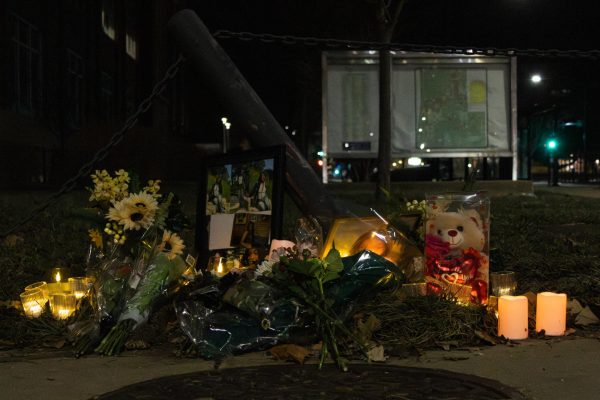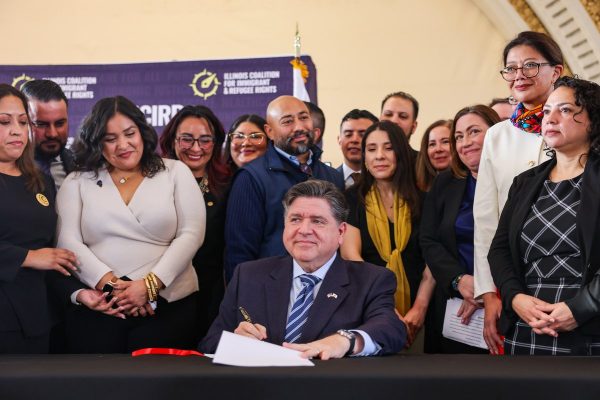Orientation undergoes changes, now spans semester
Sep 2, 2005
Last updated on May 11, 2016 at 09:49 p.m.
“It was like ‘Hey, welcome to U of I!’ and next it was ‘Hey, now here’s two hours, pick your courses!’ as they tossed this huge course book in front of you,” said Alyssa Venere when explaining a part of the new orientation process.
2005 has not only been a transition year for Venere, freshman in LAS, it also has been a year of change for the University orientation program. Previously a two-day event held in the summer, new student orientation is now a four-part series that continues into the fall semester.
Rhonda Kirts, associate dean of students, said these changes were intended to make the orientation process more efficient, but the results of the changes have not been assessed yet.
“So far, we’ve completed three of the stages,” Kirts said. The first stage was an Internet component, IStart, completed by incoming students the spring before their first year at the University.
Get The Daily Illini in your inbox!
Kirts said IStart introduced incoming students to basic University resources found online, such as the UI Enterprise system, and provided them with a fun taste of what college assignments would be like.
“Students went online and did college homework, basically,” Kirts said.
The second stage was a one-day summer orientation, when students and parents actually visited the University campus.
Kirts said the focus was on “getting students registered for classes, getting their IDs made and financial aid.” She said students also had the chance to get important questions answered about McKinley Health Center, administrative affairs, financial affairs and other topics of interest.
Kirts also said that 33 percent more of parents attended the one-day orientation because it was not an overnight event.
Students returning to the University may have noticed that official move-in day was changed to Saturday and Sunday this year instead of just Sunday. Kirts said this was in accordance with the third stage of orientation, New Student Week, a time when new students participated in workshops discussing campus diversity and safety.
The fourth stage of orientation, a program called University 101, is currently in progress. University 101 is an introductory program that helps ease the academic transition from high school to college.
One of the most notable changes to orientation this year was that students could take placement tests online instead of in person.
Kathi McAndrew in the Center for Teaching Excellence said that in previous years, the process was much more extensive and complicated.
“They’re all online now so students didn’t have to do any traveling,” McAndrew said. “(The old method) was also quite expensive because you had to hire people to proctor.”
McAndrew said the decision to test online was “a money saver and more convenient.”
Michael Jeffries, director of the Office of Minority Student Affairs, said the whole process of reviewing and restructuring orientation in all the different departments took more than two years.
He said the biggest priority for the Office of Minority Student Affairs was assuring that the content of orientation was not compromised by the more concise timetable.
“We made sure the students in this new process had the same information that students in previous years did,” Jeffries said.
As always, students passing through the minority students affairs orientation units were encouraged to visit the different culture centers to eat meals and meet new people.
“We’ve had a successful first year, but we’ll get better as we go along,” Jeffries said of the whole orientation process. “It takes some getting used to.”
Venere had mixed feelings about the way her orientation process went. She said she did not find the online portions to be as helpful as she would have hoped.
“It was good in the sense that it forced you to research your options, but at the same time, it was kind of pointless,” she said. “There were times when you couldn’t go to the next window without filling in 20 courses you were interested in.”
Venere also said that on-campus orientation seemed rushed.
“It was a tad overwhelming,” she said.
On the other hand, Venere said she liked the brevity of the experience.
“I liked that since it was only a day, you could go spaz out about everything, and then go home later that day to regroup,” she said. “Two to three days would have been overkill.”





